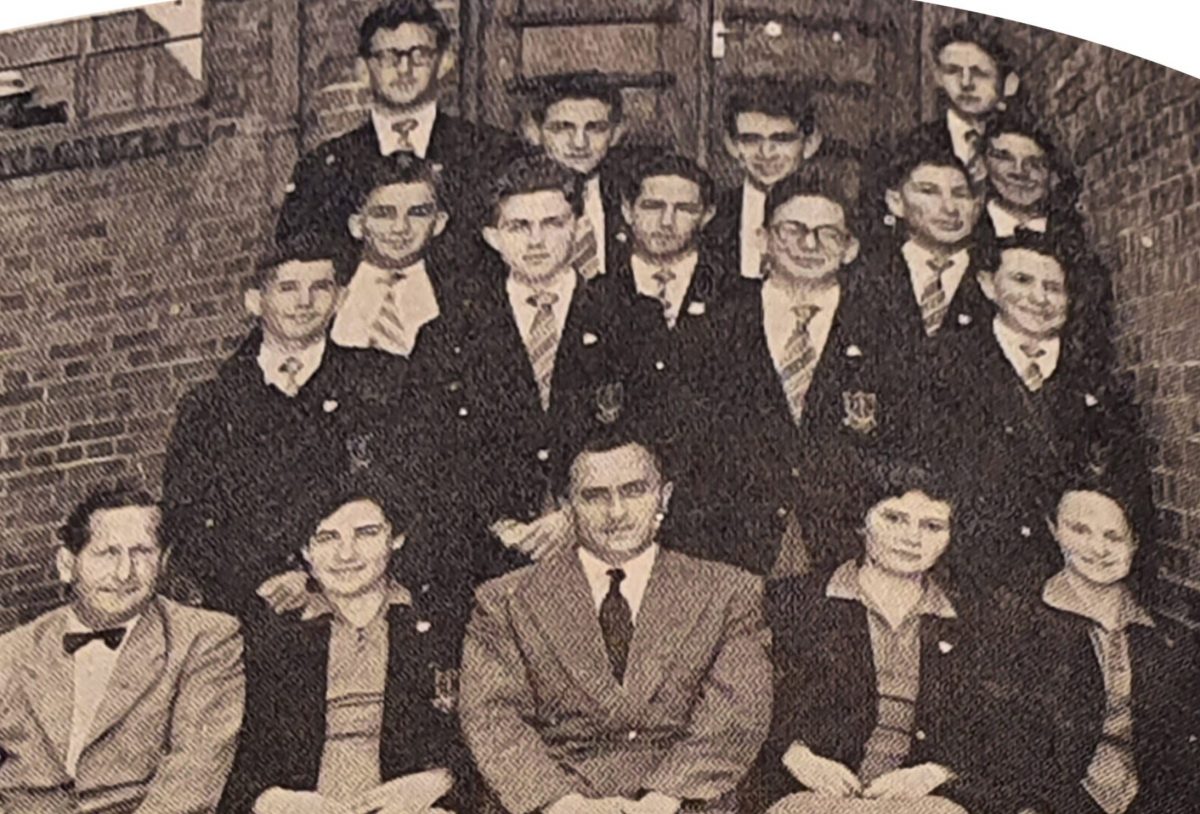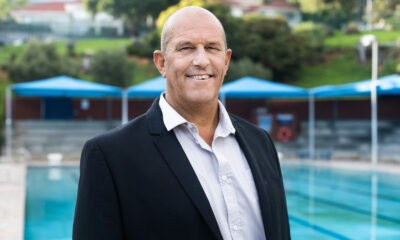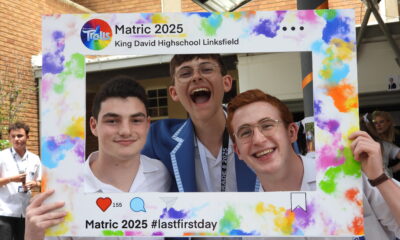
Featured Item

The tale of South Africa’s first Jewish school
United Herzlia Schools (UHS) is a formidable institution as it celebrates its 80th anniversary this year, but when community leaders came together in 1940 with a vision of founding a Jewish school, its future as the first Jewish school in South Africa was anything but clear.
“The most defining moment in the school’s history was the not-so-obvious decision to establish itself,” says Ronnie Gotkin, who has spent 54 years in the Herzlia system as a pupil, teacher and principal, and is the school’s current head of Hebrew.
“At the darkest time in our history, a group of brave pioneers came together in Cape Town and said, ‘Our people will survive – and not only will we survive, we will flourish and ensure that our children will be proud, knowledgeable Jews.’ And so, Herzlia was born.” Today, the school has over 2 000 pupils, and 5 000 graduates.
“As the first Jewish school in South Africa, the founders had to convince parents to enrol their children in the face of concerns about separatism and viability, and they had to find the money to finance a new school and build facilities,’ explains Gotkin.
Solly Berger came to Herzlia in Hope Street in July 1942 at the age of five-and-a-half. “A little known fact is that the first classes in 1940 and 1941 were aborted,” he says. However, over the next few years, the school began to grow. “In 1946, teachers such as Issy Cohen brought a new standard of teaching. Sport was introduced, houses were established, and the badge of Herzlia was designed after a competition, and is basically the same badge that exists today.
“Once the school had been established, the challenge became the location and purchase of a suitable site for a large school and for its construction,” says Gotkin. “The current campus was inaugurated in 1956, the same year that Herzlia graduated its very first matric class. Other defining moments were the incorporation of the primary school campuses, and the construction of a middle school. Facilities improved dramatically over the years.”
Herzlia’s first head boy, Jack Schneider, recalls how he joined the school in 1946, “There were around 140 kids in the school at the time, roughly 20 of us in a class, with one class per grade. I landed up being head prefect at Herzlia every year for six years. Our subject choice was small: English, Afrikaans, Hebrew, Bookkeeping, Science, History, and Geography. When I got to matric, there were only seven of us in the class and we were all boys.”
A Herzlia hostel was also established in 1940. Berger recalls: “Coming from the back woods of the northern suburbs of Cape Town, my father sent me to the hostel at the tender age of five. The hostel was primarily for children from country areas. Among the boarders were Louis and Solly Kreiner – future mayors of Cape Town.”
As the years went on, “We saw an explosion of numbers in our student body so much so that almost 80% of Cape Town’s Jewish children attended the school,” says past Herzlia principal Solly Kaplinski. “Herzlia thus became a true community school embracing all sectors of the community – from the Orthodox to the Reform to the unaffiliated – as well as accommodating students from right across the academic spectrum, and opening our doors to students of colour.
“One lasting memory I have is of almost 800 high school students and staff having to evacuate the school as a result of a bomb threat. Students led this exodus with the Sifrei Torah proudly held high and carried them to safety,” he recalls.
David Ginsberg, current UHS director of finance and administration, says: “When I joined as bursar in 1988, I was only 32 years old and it was quite a big responsibility. I later learnt that the ladies in the office had a bet that I wouldn’t last more than six months!”
“The profession of school business management was in its infancy still, and we had to adapt systems used in commerce. We cut our own path and many schools followed in our footsteps. In those days we still had a Kalamazoo cash book, and one computer. Each term, the fees were invoiced by hand and posted to parents.
“The school is primarily a social enterprise dedicated to optimising each pupil’s potential, yet running on business principles. This of course is much like mixing oil and water,” he says. “The late Eliot Osrin founded the Herzlia Foundation Trust in 1972, and often advised us on fundraising matters. He is remembered saying: ‘It’s in the asking’, and ‘The more you ask, the more you get’, much like Gary Player’s famous saying that ‘the more you practise, the luckier you get’.”
Jim Goodacre was the principal of Herzlia Constantia from 1984 until 1998. “I joined as deputy principal in January 1979, in spite of warnings from Jewish parents at my previous school that I wouldn’t be able to tolerate the demanding parents and badly-behaved children. They were wrong. The parents and children were fine and I lasted for more than 19 years – although I once climbed out of my office window one Friday afternoon when I saw a particularly difficult parent coming through the front gate!
“In 1979, Herzlia Constantia was packed with over 500 children. In my 42 years of teaching in very good primary schools in England and Cape Town, it stood out. In 1984, I had the honour of becoming Herzlia’s first non-Jewish principal. In 1981, we twinned with Nomlinganiselo Primary School from New Crossroads. Over the years, this developed into a successful and mutually rewarding outreach programme.
“Herzlia Constantia was chosen to be the pilot school for the introduction of Jewish children with special needs into mainstream education,” recalls Goodacre. “Not everyone was in favour of adopting this policy. As it turned out, there were very few problems: the other children soon befriended their new classmates, and one of the girls was crowned Victrix Ludorum at our swimming gala. If I remember correctly, all the children in this first group finished high school.”
Herzlia went on to become a leader of inclusive education.
“Looking ahead, one of the biggest challenges the school faces is to ensure that a Herzlia education meets the challenges of the 21st century,” says Gotkin. “Within the constraints of an externally-prescribed curriculum, Herzlia has kept pace with these changes. It recently established an Innovation Centre to ensure that a Herzlia education remains relevant, challenging, and meaningful. The school is also looking very carefully at ways in which it can benefit from the experience and learning acquired during the COVID-19 pandemic.”











martin ison
August 7, 2021 at 4:08 pm
fond memories of Issy Cohn as well as bobby and bobess and the old bughouse.bessy and Solly as well as the nachman brothers and many others whose names are etched in memory. Salute.